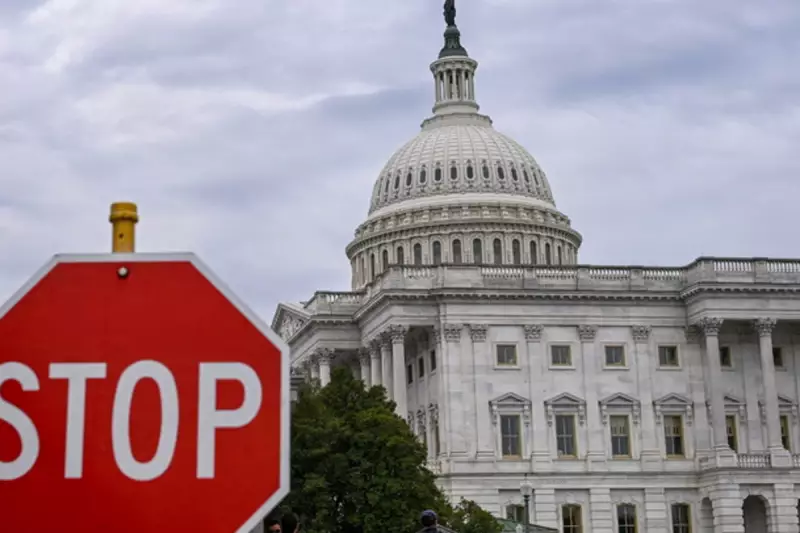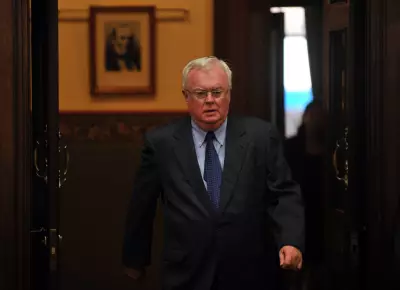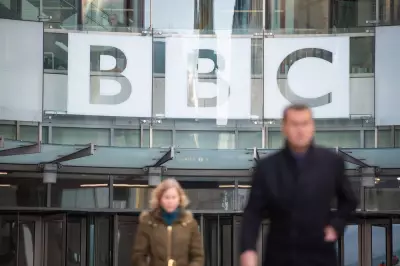
The United States is teetering on the brink of a major governmental crisis as political gridlock threatens to trigger a full federal shutdown. With lawmakers failing to reach a consensus on funding bills, millions of Americans could soon feel the impact of shuttered services and furloughed workers.
What Exactly is a Government Shutdown?
When Congress cannot agree on spending legislation before funding deadlines, non-essential federal operations must cease. This constitutional requirement means that without approved budgets, the government literally cannot pay its employees or maintain many public services.
The Human Cost of Political Stalemate
The consequences extend far beyond Washington's corridors of power. Essential workers including air traffic controllers and law enforcement may be forced to work without pay, while national parks could close and passport processing may grind to a halt. The ripple effects could disrupt everything from scientific research to small business loans.
A Recurring Political Nightmare
This isn't America's first brush with such crises. Recent decades have seen multiple shutdowns, with the 2018-2019 closure lasting a record 35 days. Each episode reveals deepening political divisions and the real-world consequences of partisan brinkmanship.
Why This Matters Beyond American Borders
While this is fundamentally an American political issue, the stability of the world's largest economy affects global markets, international trade, and diplomatic relations. The uncertainty created by such shutdowns can send shockwaves through financial markets worldwide.
As the deadline looms, all eyes are on Washington to see if compromise can prevail over political posturing, or if the nation will once again face the disruptive consequences of governmental paralysis.





